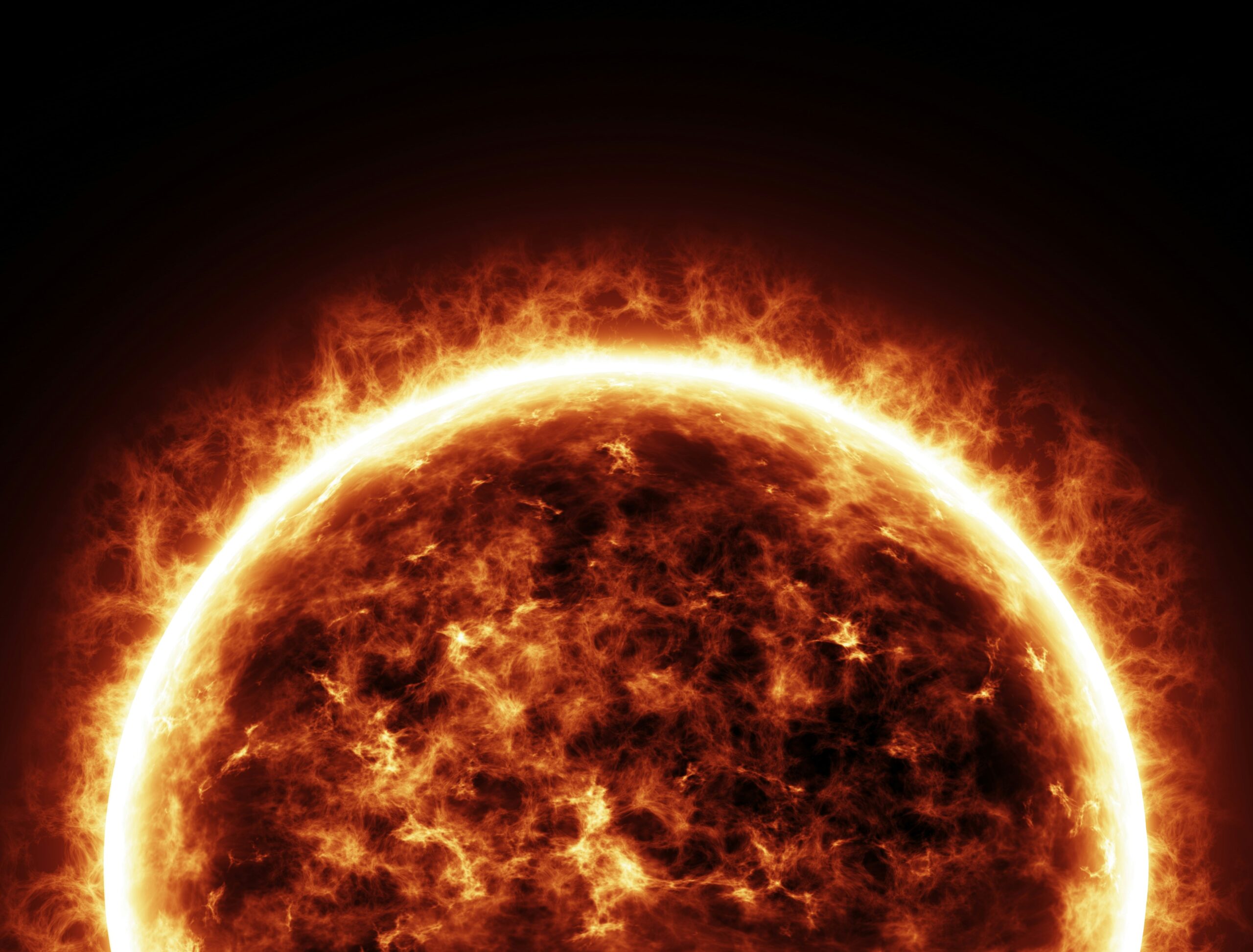In a groundbreaking discovery, NASA’s Juno spacecraft has observed something astronomers had long suspected but never confirmed: Juno detects Callisto’s footprints in Jupiter’s dazzling aurorae. This marks the first time that the giant moon Callisto has been directly linked to creating distinct auroral signatures on the gas giant, joining its Galilean siblings Io, Europa, and Ganymede in this fascinating phenomenon.
The finding not only deepens our understanding of Jupiter’s dynamic magnetosphere but also highlights the critical role its moons play in shaping the planet’s environment.
What Are Aurorae and Satellite Footprints?
Aurorae are natural light displays caused when charged particles interact with a planet’s magnetic field and atmosphere. On Earth, we call them the northern and southern lights. But on Jupiter, aurorae are much more powerful and persistent, fueled by the planet’s immense magnetic field and its rapid rotation.
“Satellite footprints” are localized bright spots or trails in Jupiter’s aurorae caused by electromagnetic interactions between its moons and the planet’s magnetosphere. Until now, only three Galilean moons—Io, Europa, and Ganymede—were known to create such features. With this discovery, Juno detects Callisto’s footprints, completing the set.
Why Callisto’s Footprints Are Significant
Callisto is the outermost of Jupiter’s four large Galilean moons. Unlike volcanic Io or icy Europa, Callisto is a heavily cratered, geologically inactive world. Scientists weren’t certain if it interacted strongly enough with Jupiter’s magnetic field to produce visible auroral signatures.
The fact that Juno detects Callisto’s footprints proves that even this distant, quieter moon has a measurable electromagnetic impact on its parent planet.
Key implications include:
- Magnetosphere Mapping: The discovery helps researchers refine models of Jupiter’s massive magnetosphere.
- Moons as Probes: Each moon acts like a natural laboratory, helping scientists study plasma and magnetic field interactions.
- Comparative Science: Understanding Callisto’s role allows comparisons with other moons, leading to insights into their internal structures and atmospheres.
How Juno Made the Discovery
Launched in 2011, Juno has been orbiting Jupiter since 2016. It carries a suite of instruments, including the Ultraviolet Imaging Spectrograph (UVS) and the Jovian Infrared Auroral Mapper (JIRAM).
Using these tools, Juno captured ultraviolet and infrared images of Jupiter’s poles, revealing the long-sought footprints of Callisto. The data showed faint but distinct auroral spots aligned with Callisto’s orbital path.
For scientists, the moment was historic: Juno detects Callisto’s footprints decades after predictions first suggested they should exist.
What Makes Callisto Different from Other Moons?
While Io’s volcanic activity produces streams of plasma that strongly interact with Jupiter’s magnetic field, and Europa’s subsurface ocean may conduct electrical currents, Callisto lacks such dramatic features.
Instead, its footprint likely results from subtler processes:
- Ionosphere Interaction: Callisto may have a thin atmosphere or ionosphere that interacts with Jupiter’s magnetosphere.
- Induced Magnetic Field: Callisto may host a subsurface ocean, generating an induced magnetic response.
- Distance Factor: Being farther out, Callisto’s footprint is weaker, which explains why it took so long to detect.
Why This Discovery Matters Beyond Jupiter
The significance of Juno detects Callisto’s footprints extends beyond our solar system. Moons interacting with their planet’s magnetic field may be a universal phenomenon. Studying these interactions at Jupiter helps scientists better understand exoplanetary systems where giant planets and moons may influence habitability.
For instance:
- Could subsurface oceans on moons like Europa and Callisto harbor life?
- How do magnetospheres protect or expose moons to radiation?
- Can auroral footprints help detect exomoons around distant planets?
The Bigger Picture: Juno’s Legacy
Juno’s mission has already revolutionized our understanding of Jupiter. Highlights include:
- Mapping Jupiter’s deep atmosphere and jet streams.
- Studying its Great Red Spot and polar cyclones.
- Measuring the magnetic field with unprecedented detail.
- Exploring interactions between moons and the magnetosphere.
The addition of Callisto’s footprints to its list of discoveries cements Juno’s status as one of NASA’s most successful planetary missions.
Looking Ahead
As Juno continues its extended mission, scientists hope to:
- Monitor how Callisto’s footprints change over time.
- Study potential differences between footprints of moons with and without subsurface oceans.
- Compare the findings with upcoming missions, such as ESA’s JUICE (Jupiter Icy Moons Explorer) and NASA’s Europa Clipper, both set to explore Jupiter’s moons in the 2030s.
Conclusion
The announcement that Juno detects Callisto’s footprints is more than just another item in the mission’s long list of achievements—it’s a transformative discovery. For decades, Callisto was the quiet, mysterious sibling among Jupiter’s moons. Now, we know it plays an active role in shaping the gas giant’s spectacular aurorae.
From revealing hidden electromagnetic interactions to opening new possibilities for exoplanet research, this discovery underscores the value of long-term planetary exploration. And as Juno continues its journey, one thing is clear: Jupiter still has many secrets to share.



z0fp7u